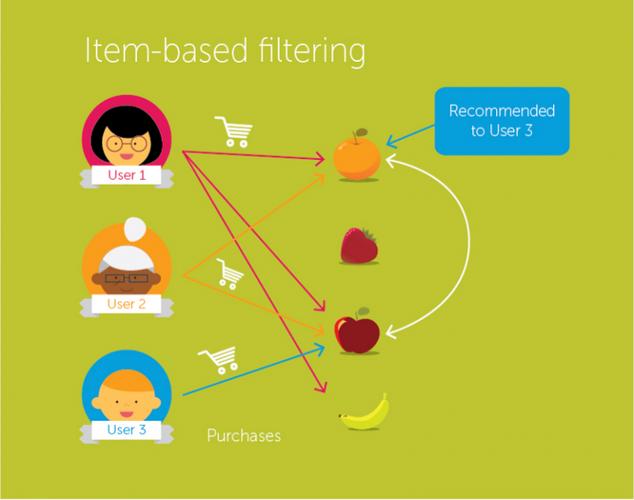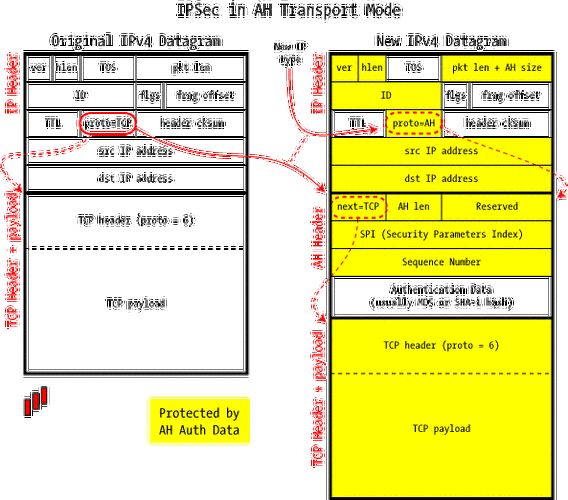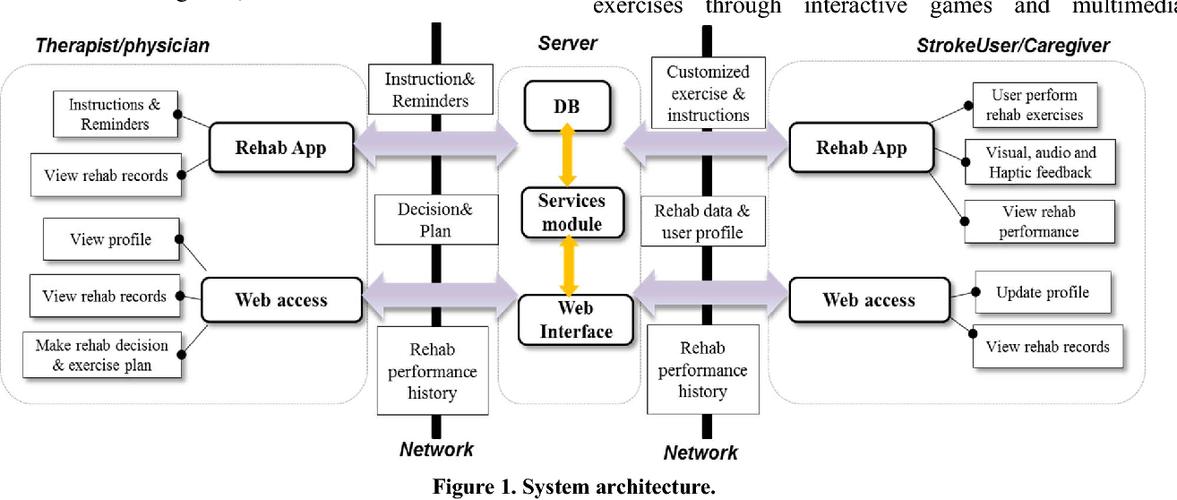Linux as an operating system offers a world of possibilities. It’s a powerful, free, and open -- source system that can be customized to suit various needs. It has a steep learning curve for some, but once mastered, it gives users a great deal of control over their computing environment.
Installation
Linux installation can be a bit daunting at first. There are different distributions like Ubuntu, Fedora, and Debian. Each has its own installation process. Some are more user -- friendly than others. For newbies,a distribution like Ubuntu might be a good start. It has a relatively straightforward installation wizard. Once you start the installationpickup linux, you need to make decisions like partitioning your hard drive. This step is crucial as it determines how your system storage is organized.

Another aspect of installation is choosing the right components. You can select the desktop environment that suits you,such as KDE or GNOME. They offer different looks and functionality. KDE is more feature -- rich and customizablelinux是什么系统, while GNOME has a more minimalist and modern design.
Navigation
The Linux file system can seem confusing initially. The root directory ‘/’ contains all other directories. Sub -- directories like ‘/home’ are where user -- specific files are stored. Learning to navigate through these directories using the command line or file managers is essential. The command -- line navigation commands like ‘cd’ (change directory), ‘ls’ (list files), and ‘pwd’ (print working directory) are very useful.

In addition to command -- line navigation, there are also graphical file managers like Nautilus in Ubuntu. These provide a more traditional way of exploring files and folders, similar to what you would find in Windows or Mac. However, understanding the underlying file system structure helps you be more efficient in file management.
Software Installation
Installing software in Linux is different from that in Windows. In Linux,we use package managers like ‘apt’ for Debian -- based systems or ‘yum’ for Red Hat -- based systems. These package managers can installlinux rar, update, and remove software easily. For example, using ‘apt -- get install [package -- name]’ in Ubuntu will install the specified software package.

Another method is usingFlatpak or Snap. These are universal package managers that work across different Linux distributions. They are useful when the software you want is not available in the default repositories of your distribution. For example, some new or specialized applications might be only available via Flatpak or Snap.
Command -- Line Basics
The command line is a core part of Linux. Commands are used to perform various tasks. For example, the ‘cp’ command is used to copy files, and’mv’ is used to move files. Understanding how to use these commands correctly can save a lot of time.
In addition to basic file operations, commands can also be used to manage system resources. For example, the ‘top’ command shows real -- time information about system processes, including CPU usage, memory usage, and running processes. This is useful for monitoring the health of the system and finding resource -- hungry applications.

Networking in Linux
Setting up networking in Linux can be complex but rewarding. You can configure network interfaces manually using commands like ‘ifconfig’ or ‘ip’. This is useful for advanced networking scenarios, like setting up custom IP addresses or network routes.
On the other hand, most Linux distributions also have graphical network managers. These allow users to easily connect to Wi -- Fi networks, set up wired connections, and configure network sharing. For example, in Ubuntu, the Network Manager applet provides a simple interface for network configuration.
Troubleshooting

When things go wrong in Linux, troubleshooting can be a challenging but learning -- rich experience. One common problem is driver issues. If your hardware is not functioning correctly,it could be due to missing or incorrect drivers. You can search for the appropriate drivers online or in the distribution’s repositories.
Another issue could be software conflicts. If two or more applications are trying to use the same system resources or dependenciespickup linux, it can lead to crashes or strange behavior. In such cases, you can use tools like ‘ps’ to check running processes and ‘lsof’ to find out which processes are using which files.
I hope this article has given you a great start in exploring Linux. Have you ever tried installing Linux? What was your experience? Share your thoughts in the comments below, and don’t forget to like and share this article if you found it useful.。
